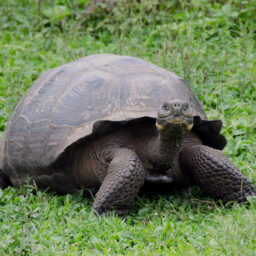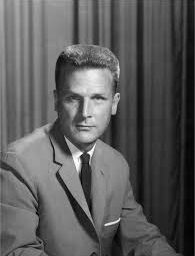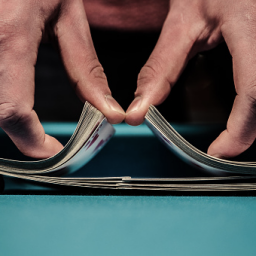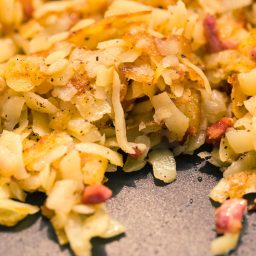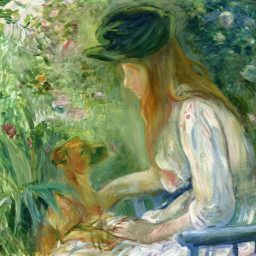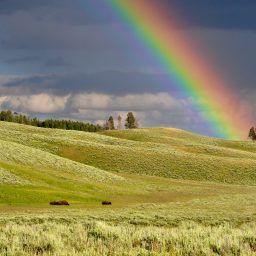How to Write a Rate Limiter in Go
Web applications are used by more of us than ever before. With this growth comes a significant challenge: how can a web developer or administrator manage user traffic effectively and ensure that services remain stable, responsive and secure? Rate limiting serves as a crucial technique in addressing this challenge, allowing developers to control how frequently […]
